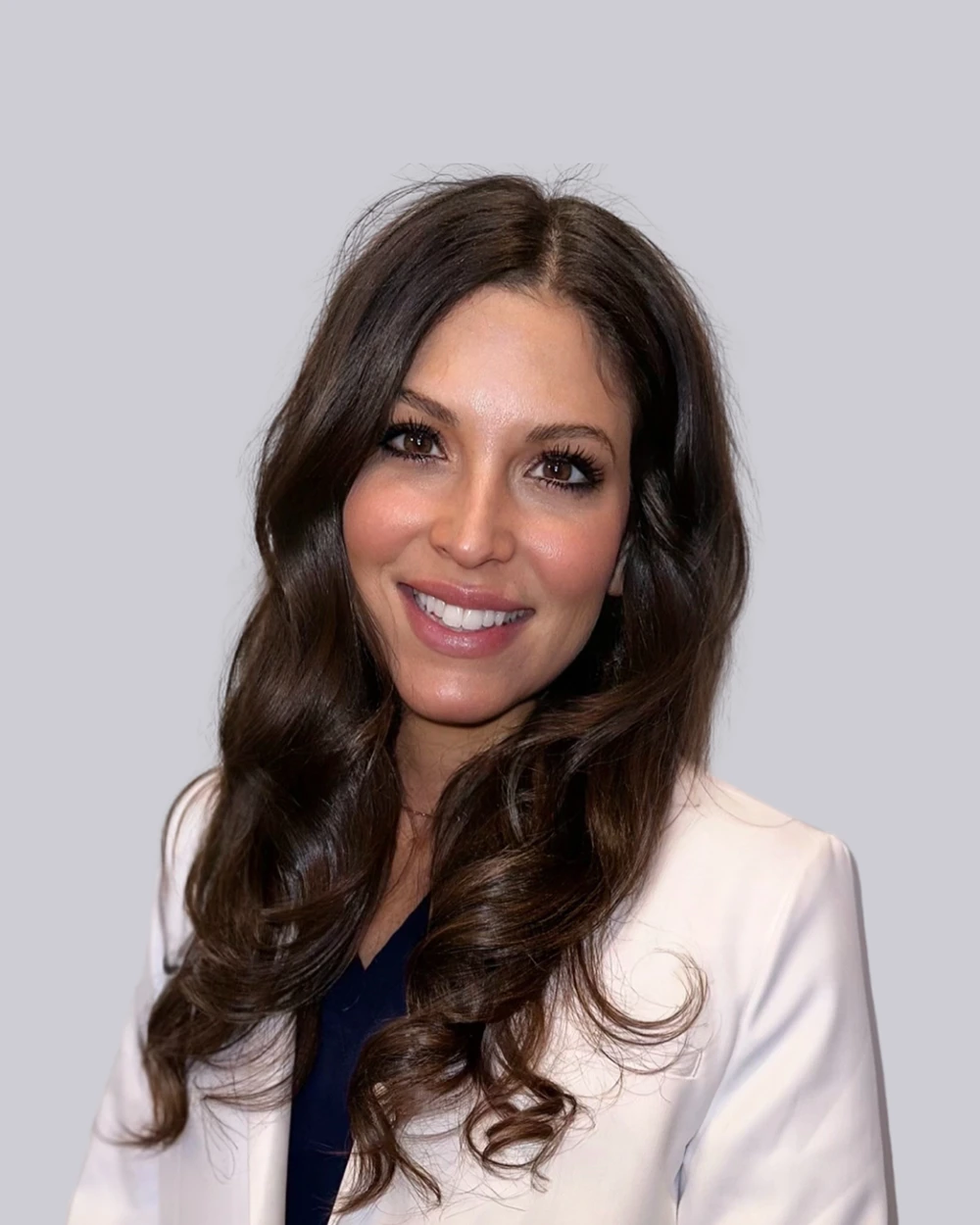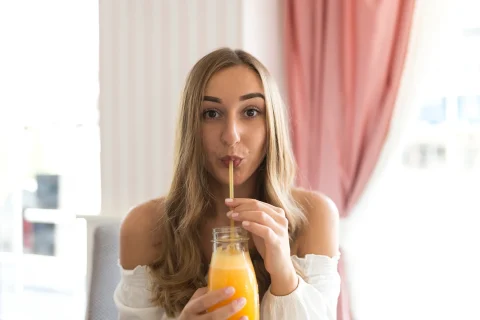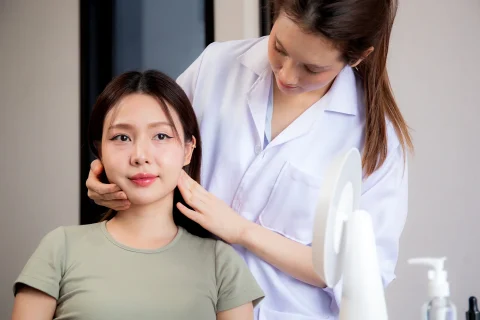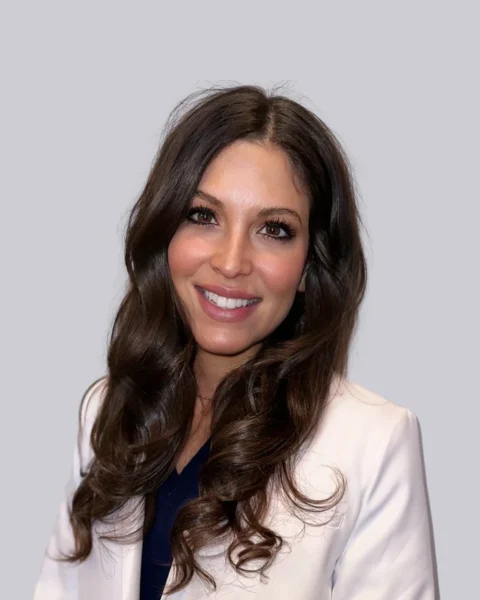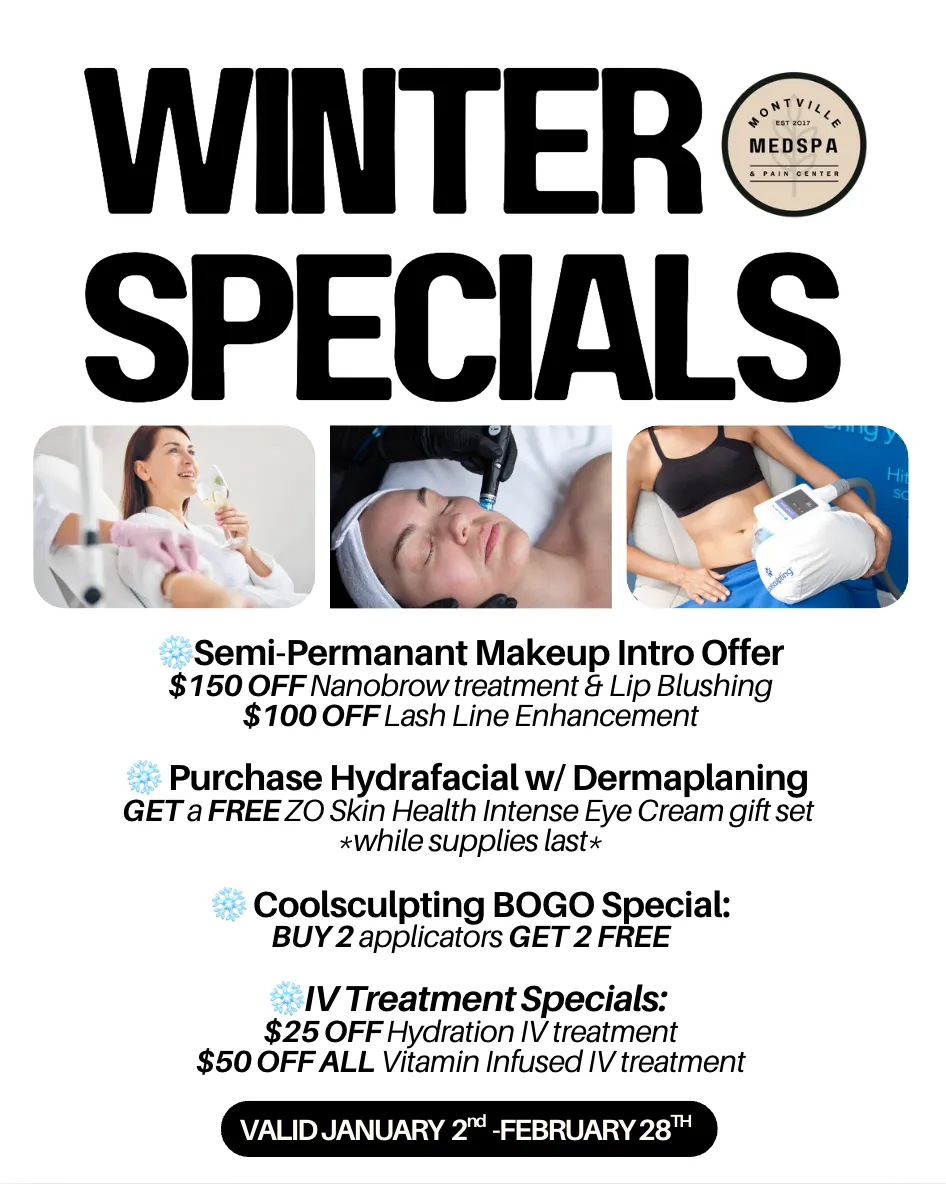Lip fillers while breastfeeding raises important questions about safety and timing; discover what you need to know before making a decision.
You can get lip fillers while breastfeeding with certain precautions.
- Hyaluronic acid fillers are generally considered safe and classified as Category B by the FDA, indicating they have not shown any adverse effects on breastfeeding.
- It’s recommended to wait 3-6 months postpartum before getting lip fillers to allow for optimal healing. During this time, your body will recover from childbirth, reducing the risk of complications.
- Potential risks associated with lip fillers include infections or allergic reactions. To minimize these risks, ensure you’re working with a qualified injector who has experience with lip fillers.
- Individual health factors and breastfeeding patterns may influence your decision and recovery. For example, if you have a history of bleeding disorders or are taking certain medications, you may need to take extra precautions.
- Aftercare is crucial for minimizing complications. Your injector will provide specific instructions on how to care for your lips after the procedure.
Following these instructions carefully will help you recover quickly and avoid any potential issues.
Safety and Research Overview
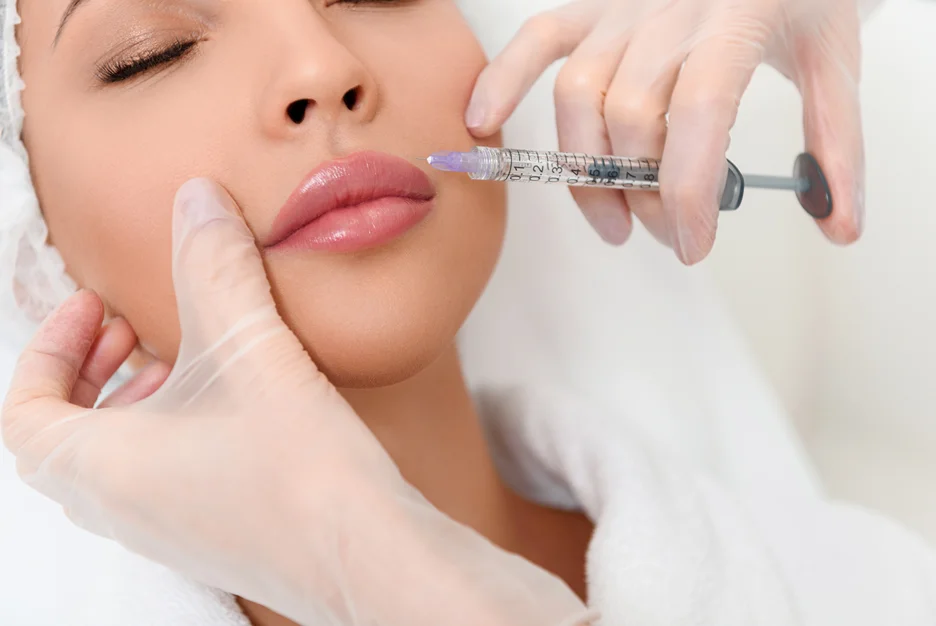
Lip fillers are generally safe for breastfeeding mothers. The primary component of lip fillers, hyaluronic acid, is localized and doesn’t typically enter breast milk. This minimizes the risk of adverse effects on the baby.
The FDA classifies hyaluronic acid fillers as Category B. This classification means that no significant adverse effects have been found in fetal development studies. Examples of FDA-approved hyaluronic acid fillers include Juvéderm and Restylane.
Research shows minimal systemic absorption of fillers. Small studies have reported no adverse events or issues with lactation among postpartum women receiving these treatments.
However, it is advisable to wait 3-6 months after delivery before getting lip fillers. This waiting period allows for optimal healing and adjustment during postpartum recovery.
Risks of infections and allergic reactions still exist. Adhering to strict sterile protocols and undergoing thorough clinical evaluations with a healthcare provider can mitigate these risks.
Always consult your healthcare provider before making any decisions about lip fillers while breastfeeding to ensure safety and well-being.
How Lip Fillers Work
Lip fillers primarily consist of hyaluronic acid, a substance that provides volume and hydration to your lips. This ingredient is known for its ability to hold moisture, making your lips appear fuller and more youthful.
Hyaluronic acid is a naturally occurring substance found in the body, which reduces the risk of allergic reactions.
The injection process is minimally invasive, usually taking about 15 to 30 minutes. The procedure involves injecting dermal fillers into the lips using a fine needle. This process can be completed quickly, and results are noticeable immediately.
The results of lip fillers can last anywhere from 6 to 12 months, depending on individual factors. The duration of the results may vary depending on factors such as the type of filler used, the amount of filler injected, and the individual’s metabolism.
Modern dermal fillers have an excellent safety profile, as they’re synthetically derived to reduce the risk of allergic reactions. Clinical studies support their use, and the FDA has approved these fillers for adults over 21.
They are rated as Category B for pregnancy and nursing, indicating no known risks to fetal development in studies. This rating suggests that lip fillers are considered safe for breastfeeding mothers, as there’s minimal systemic absorption, meaning they’re unlikely to affect breast milk.
Risks of Lip Fillers
Lip fillers pose risks, particularly for breastfeeding women. The primary risks of lip fillers include infection, allergic reactions, and accidental injection into blood vessels. These complications can potentially affect breast milk quality, leading to concerns for the baby.
Modern lip fillers, such as Juvederm and Restylane, have excellent safety data. However, there is limited research on their effects in breastfeeding women. This lack of information highlights the need for caution when considering lip fillers during breastfeeding.
To minimize the risk of infection, strict sterile protocols during the injection process are crucial.
Before getting lip fillers, consider your emotional readiness and individual health profile. Consulting with experienced injectors is essential for personalized risk-benefit assessments. They can help navigate the complexities of lip fillers while ensuring the safety of both the mother and the baby.
To make an informed decision, understand the risks associated with lip fillers, including the potential impact on breast milk quality.
Individual Considerations for Nursing Mothers

Nursing mothers who want to get lip fillers should consider several factors before making a decision. It is recommended to wait 3-6 months after giving birth to allow for optimal healing. This time frame allows for a sufficient recovery period and reduces the risk of complications.
A nursing mother’s health status plays a significant role in the decision to get lip fillers. It is essential to discuss your individual health status with a professional to ensure that you’re a suitable candidate for the procedure. This discussion should include any pre-existing conditions, allergies, or medications that may interact with the filler.
Breastfeeding patterns can also impact the decision to get lip fillers. A nursing mother’s schedule may affect the recovery process, and it’s essential to consider this when making a decision. For example, a nursing mother who nurses frequently may need to adjust her schedule to accommodate the recovery time.
Although the FDA classifies lip fillers as Category B during breastfeeding, indicating no known adverse effects on breast milk quality, individual health profiles may vary. It’s crucial to weigh the minimal risk of systemic absorption against personal comfort and health considerations.
The decision to get lip fillers as a nursing mother should be based on a thorough understanding of the potential risks and benefits.
To ensure a safe and successful procedure, nursing mothers should consult with an experienced injector. A comprehensive consultation will help assess the individual’s specific situation, factoring in her breastfeeding patterns and any contraindications to provide a balanced decision.
Aftercare Recommendations
Aftercare is essential for optimal healing and minimizing potential complications after receiving lip fillers.
- To reduce swelling and promote healing, avoid excessive lip movement for at least 24 hours. The localized nature of hyaluronic acid fillers makes this crucial, as it helps prevent irritation and supports the healing process.
- Avoid certain activities to minimize swelling and irritation. For the first 1-2 days, steer clear of saunas or steam rooms, as they can increase swelling or irritation at the injection sites.
- Avoid applying makeup for at least 4 hours post-injection to prevent potential irritation. If you experience swelling or discomfort, gently apply ice intermittently for the first few hours to provide relief.
- Maintaining hydration and a balanced diet is crucial for recovery. Proper hydration and a balanced diet support overall healing and benefit skin health.
- A healthy diet is especially important for overall well-being, regardless of future cosmetic procedures.
Alternatives to Lip Fillers
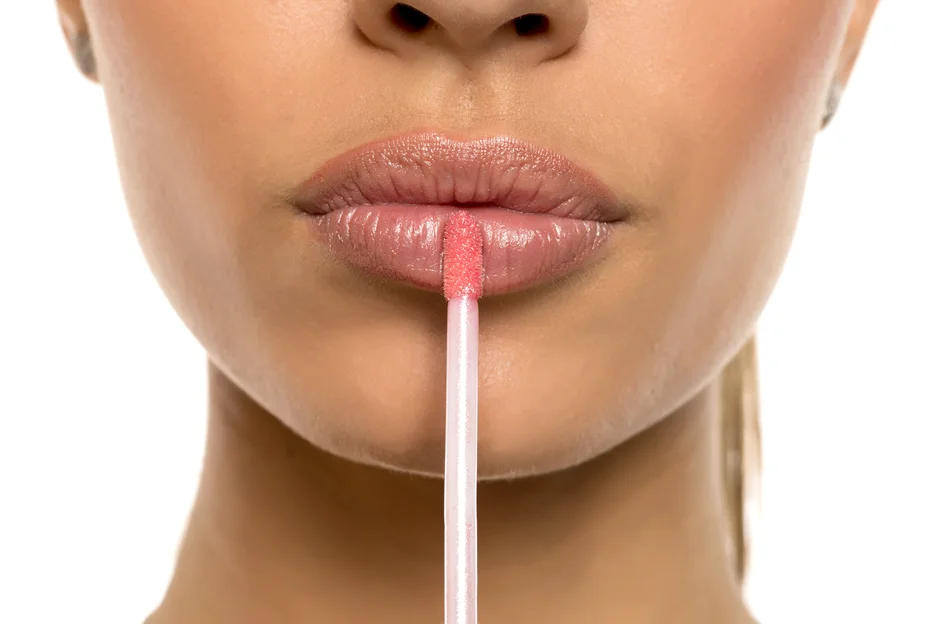
For those seeking a fuller pout without the commitment of lip fillers, several alternatives can help achieve the desired look. These options are especially appealing for new mothers who want to enhance their lips without the risks associated with injections during breastfeeding.
Lip plumping glosses are a temporary solution that gives a fuller appearance without needles. They work by using ingredients that increase blood flow to the lips, creating a temporary swelling effect. This option is ideal for those who want a quick and easy solution.
Lip blushing tattooing is a semi-permanent solution that adds color and enhances the shape of the lips. This procedure involves tattooing the lips with a desired color to create a lasting effect. It’s perfect for those who want a more permanent solution without the commitment of lip fillers.
Combining lip plumping glosses or lip blushing with Botox can create a comprehensive rejuvenation effect. Botox can help relax the muscles around the mouth, reducing the appearance of fine lines and wrinkles. This combination can enhance the overall appearance of the lips.
Exfoliating the lips regularly can improve their texture and enhance their natural color, making them appear fuller. Using a gentle lip scrub can help remove dead skin cells and reveal smoother lips. This is a simple and cost-effective way to enhance the appearance of the lips.
Keeping the lips hydrated with balms can help them look plump and healthy. Using a lip balm that contains natural ingredients such as beeswax or coconut oil can help lock in moisture and keep the lips hydrated. This is a simple and effective way to maintain healthy-looking lips.
Cost and Touch-Up Information
The cost of lip fillers ranges from $500 to $1,500 per syringe. This price variation depends on factors such as the type of filler and the treated areas. A personalized quote from the injector is essential, especially for breastfeeding individuals.
| Aspect | Details |
| Initial Cost | $500 – $1,500 per syringe |
| Touch-Up Frequency | Every 6-12 months, based on metabolism |
| Customized Packages | Discounts for multiple syringes or treatments |
Touch-up visits are necessary to maintain the desired look. These visits occur every 6-12 months, depending on individual metabolism.
To schedule touch-ups without disrupting breastfeeding, discuss the infant’s age and feeding routine with the injector during consultations.
Healing times vary, affecting scheduling and costs. Regular communication with the injector ensures a smooth experience, balancing the needs of both the individual and the baby.
Lip Fillers While Breastfeeding: Safety Considerations
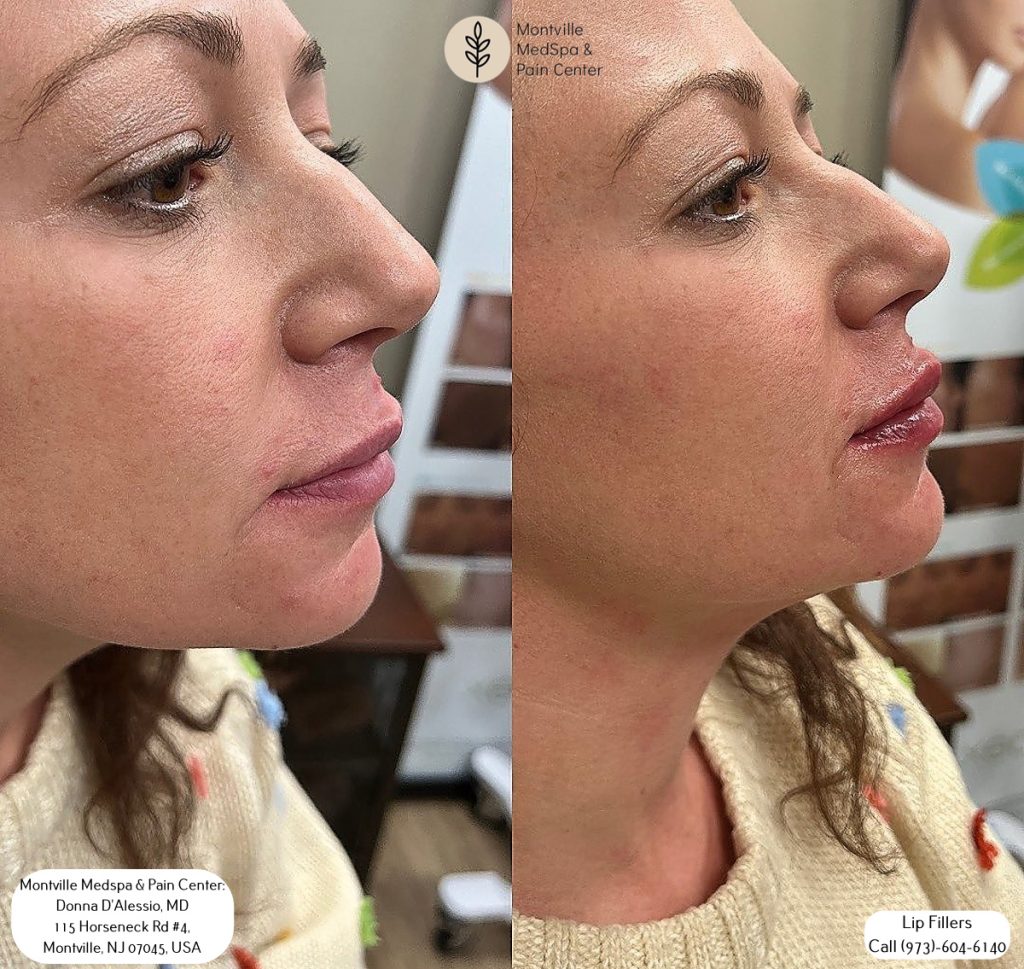
Breastfeeding mothers considering lip fillers should prioritize their health and mental readiness before proceeding.
Systemic Absorption and FDA Classification
Modern lip fillers like Juvederm and Restylane have minimal systemic absorption. The FDA classifies lip fillers as Category B, indicating no known risks during breastfeeding.
Impact on Lactation and Waiting Period
No adverse effects on lactation have been reported in studies. A waiting period of 3-6 months postpartum is recommended for optimal healing.
Importance of Qualified Injectors and Individual Assessment
Consulting experienced injectors can help you understand the risks and benefits.
Assessing your individual health profile is crucial before making a decision.
Prioritizing Overall Well-being
Your well-being and your baby’s health should be your top priorities. Always discuss your plans with a qualified injector to make an informed decision.

